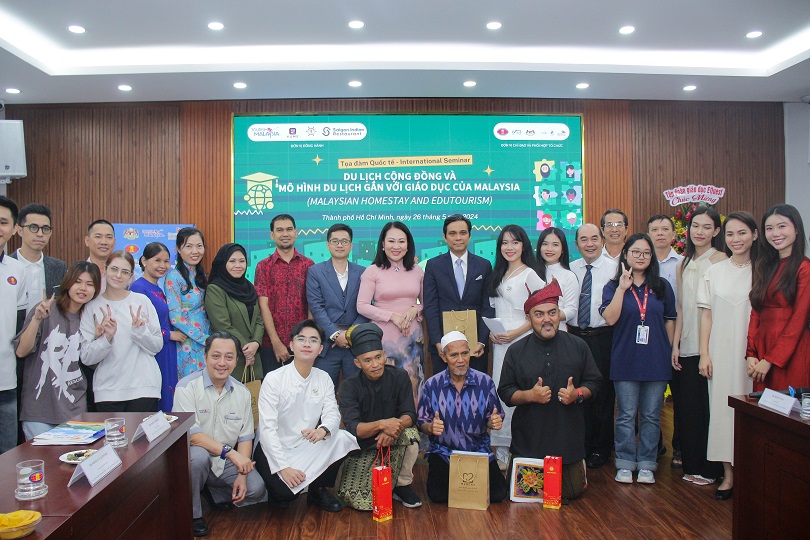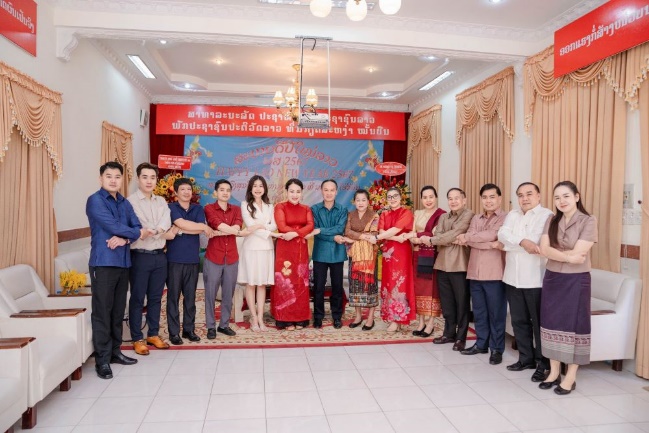SOUTH CHINA SEA DISPUTES: THREE PERSPECTIVES
Thứ hai, 23/06/2014 10:06Rival territorial claims in the South China Sea have been in the headlines recently. This has been particularly so in the wake of China’s move to place a large oil rig in disputed waters off Vietnam's coast in May and the subsequent heated exchanges involving the United States, China and Japan at the Shangrilah dialogue in Singapore.
Experts from three countries embroiled in the disputes - China, the Philippines and Vietnam - give their views.
VIEW FROM THE PHILIPPINES
South China Sea: Unified Asean must rise to the challenge
Slowly but surely, Asia is inching closer towards a moment of truth.
Recent developments underscore the growing fragility of the existing security architecture in the region. This was reflected at the recent Shangri-La Dialogue in Singapore, where there were spirited exchanges between high-level representatives from the United States and Japan, on one hand, and China on the other.
This fragility should come as no surprise, given the absence of a legally-binding Code of Conduct (CoC) to govern the behaviour of disputing parties in the Western Pacific. It is high time the Association of Southeast Asian Nations (Asean) seriously contemplated - and helped negotiate - a robust maritime regime aimed at calming territorial tensions and preventing a destructive conflict in the South China Sea.
The current situation affects the energy security and trade interests of all the major countries in the Asia-Pacific region. The ongoing maritime spats are not simply of concern to the claimant states.
China’s recent decision to place a large deepwater drilling platform deep inside Vietnam’s Exclusive Economic Zone (EEZ) is significant. It undermined almost a decade of painstaking bilateral negotiations aimed at peacefully resolving territorial disputes between the two nations.
Alarmingly, Hanoi and Beijing quickly became locked in a potentially disastrous standoff in the high-seas. Large-scale anti-China protests in Vietnam also snowballed into massive destruction of factories operated by, among other nationalities, Chinese and Taiwanese investors. This was followed by an exodus of thousands of Chinese citizens to neighbouring countries. Even investments by Singapore were affected. As a result, decades of successful economic integration in the region could be in jeopardy.
Contrary to the principles of the 2002 Declaration on the Conduct of Parties in the South China Sea, China has also admitted that it has been engaged in construction activities on the Johnson South Reef, which falls within the Philippine’s EEZ. Facing an increasingly unfavourable dynamic in the South China Sea, both the Philippines and Vietnam have stepped up bilateral security cooperation with other Pacific powers, namely the US and Japan. They have also been considering third-party arbitration to resolve maritime disputes with China.
For decades, China has pursued its territorial claims through a carefully calibrated strategy, shunning coercive measures as much as possible. Combining astute diplomacy and economic incentives, China offered the prospect of “joint development”to forestall an uncontrolled escalation of territorial disputes.
In recent years, however, Beijing has, among other things, expanded its para-military patrols across disputed areas. This has involved seizing control of the Scarborough Shoal, harassing the Philippine marine detachment in the Second Thomas Shoal, and unilaterally pursuing energy exploration and construction activities in the South China Sea.
The rapid rise of China’s military power has rattled some neighbouring countries, which have nervously watched the growing militarisation of the ongoing maritime disputes. Meanwhile, China-Asean negotiations over a legally-binding maritime regime have largely stalled, with both parties yet to finalise the guidelines of a proposed CoC.
In a maritime experts workshop in Singapore, organised by the Center for Asian Strategic Studies - India (CASS-India) on May 28, leading maritime specialists from across the Asia-Pacific region agreed on the need to ensure the swift conclusion of a CoC under the auspices of the Asean. The status quo is unsustainable. Claimant states such as the Philippines and Vietnam are increasingly overwhelmed by China’s rising territorial assertiveness and expanding naval capabilities.
There is also a need to establish a pluralistic, institutionalised balance of power in the region. In such an arrangement, all the Pacific powers, from Japan, Australia, and China, to the US, and India, would actively contribute to and negotiate a more stable and resilient regional order. This would then pave the way for a peaceful, diplomatic resolution of the ongoing territorial disputes.
Under the Shinzo Abe administration, Japan is carving out a greater regional role. Tokyo has expanded its defence aid to neighbouring countries such as the Philippines, relaxed self-imposed restrictions on arms exports, increased military spending, and introduced the concept of collective self-defence. The latter could potentially allow Japan’s Maritime Self-Defence Forces to play a more pro-active role in ensuring the security of major shipping lines.
Meanwhile, Australia has deepened its naval interoperability with the US, with a greater focus on preserving freedom of navigation in international waters. Others powers such as India and South Korea, which have a direct stake in the stability of the South China Sea, are also expected to play a more decisive role in the coming years.
Above all, however, Asean should be at the centre of the process, helping to drive regional integration. But in order to do this, South-east Asian leaders should formulate a unified position on and proactively pursue a rule-based resolution to the South China Sea disputes.
Richard Javad Heydarian is a lecturer in political science at Ateneo De Manila University (ADMU), and a policy advisor at the Philippine House of Representatives.
- Source: http://www.straitstimes.com/news/opinion/more-opinion-stories/story/south-china-sea-disputes-three-perspectives-20140618#sthash.vgFR420h.dpuf






















